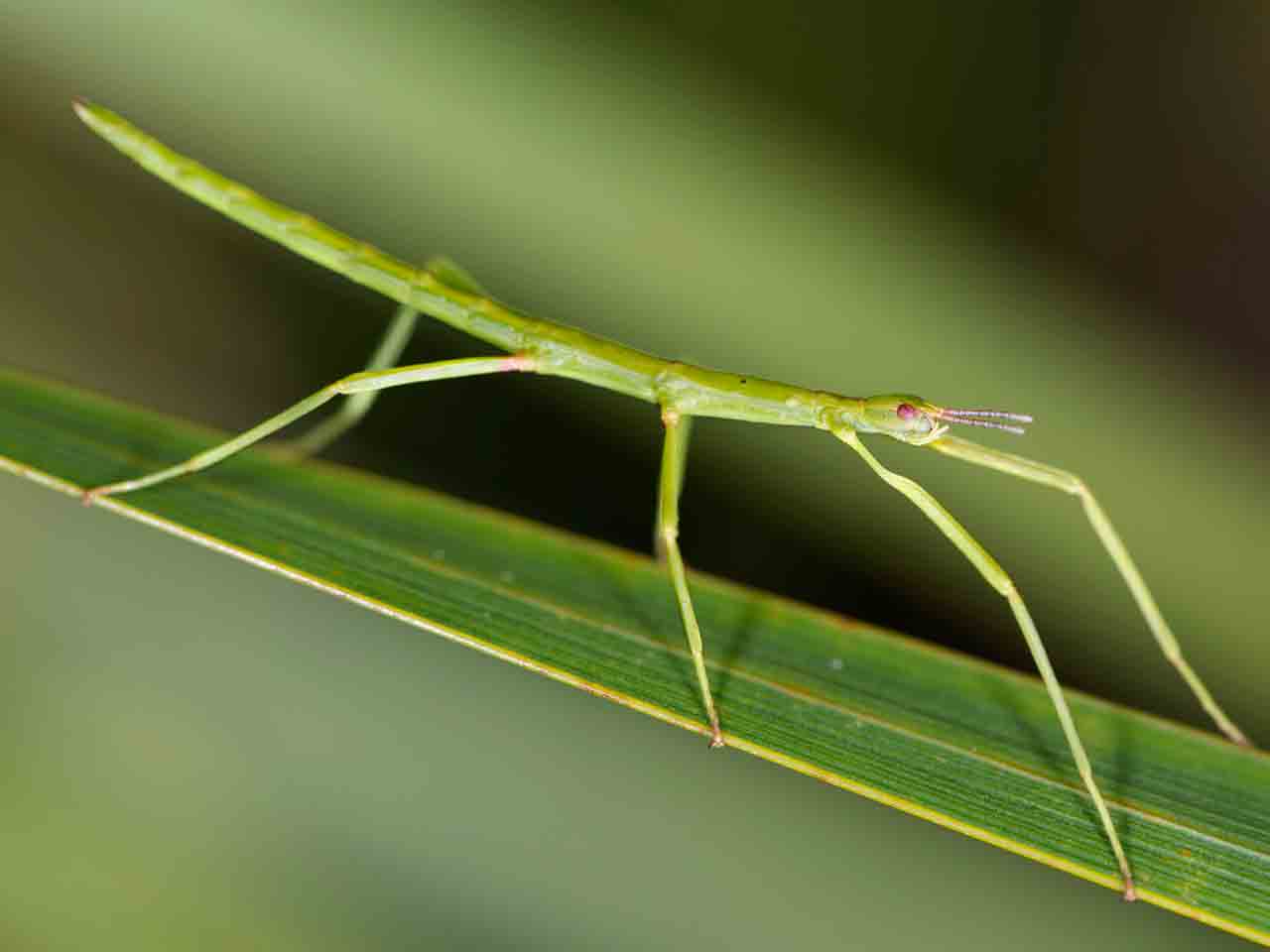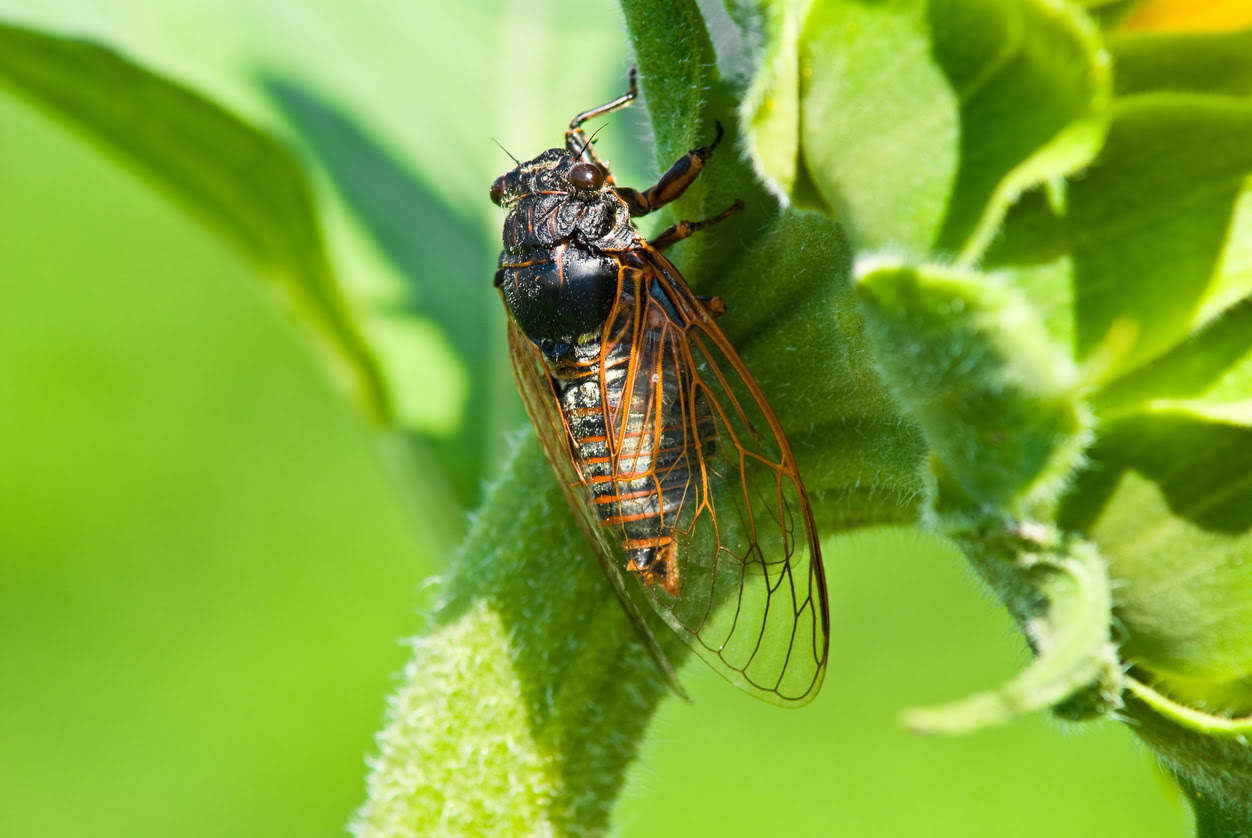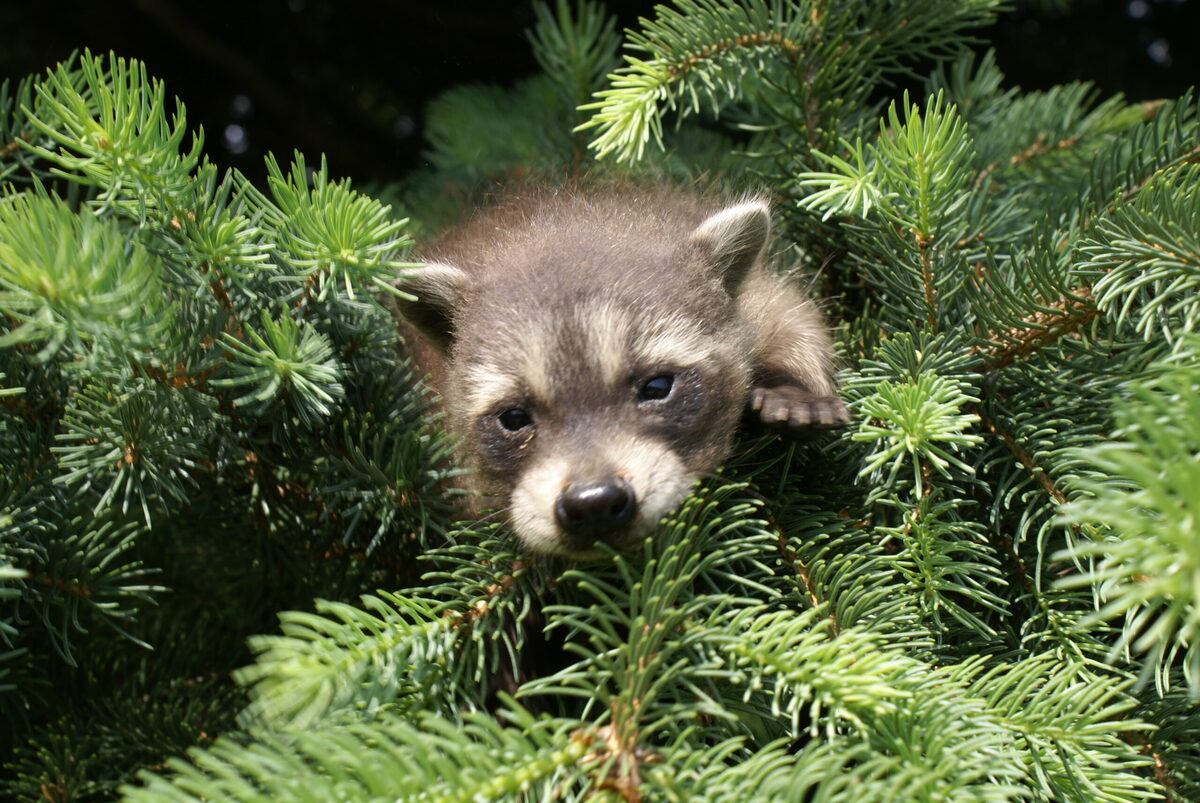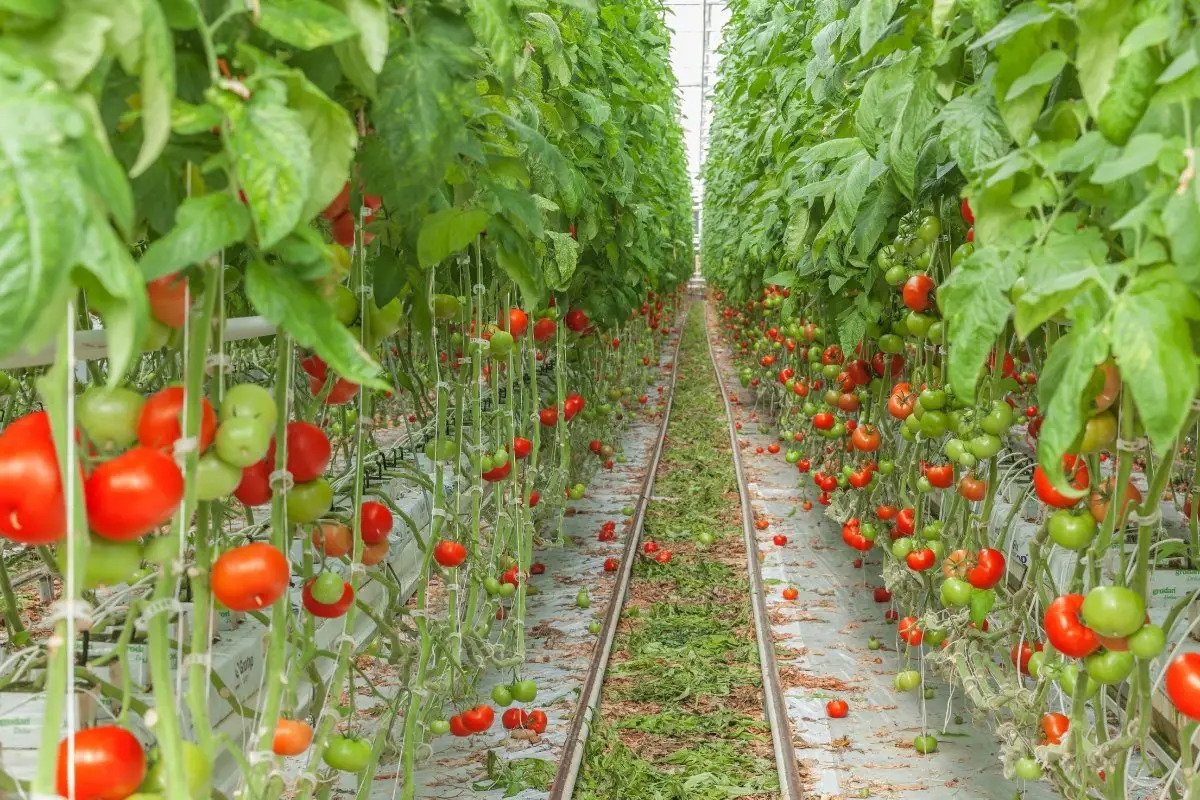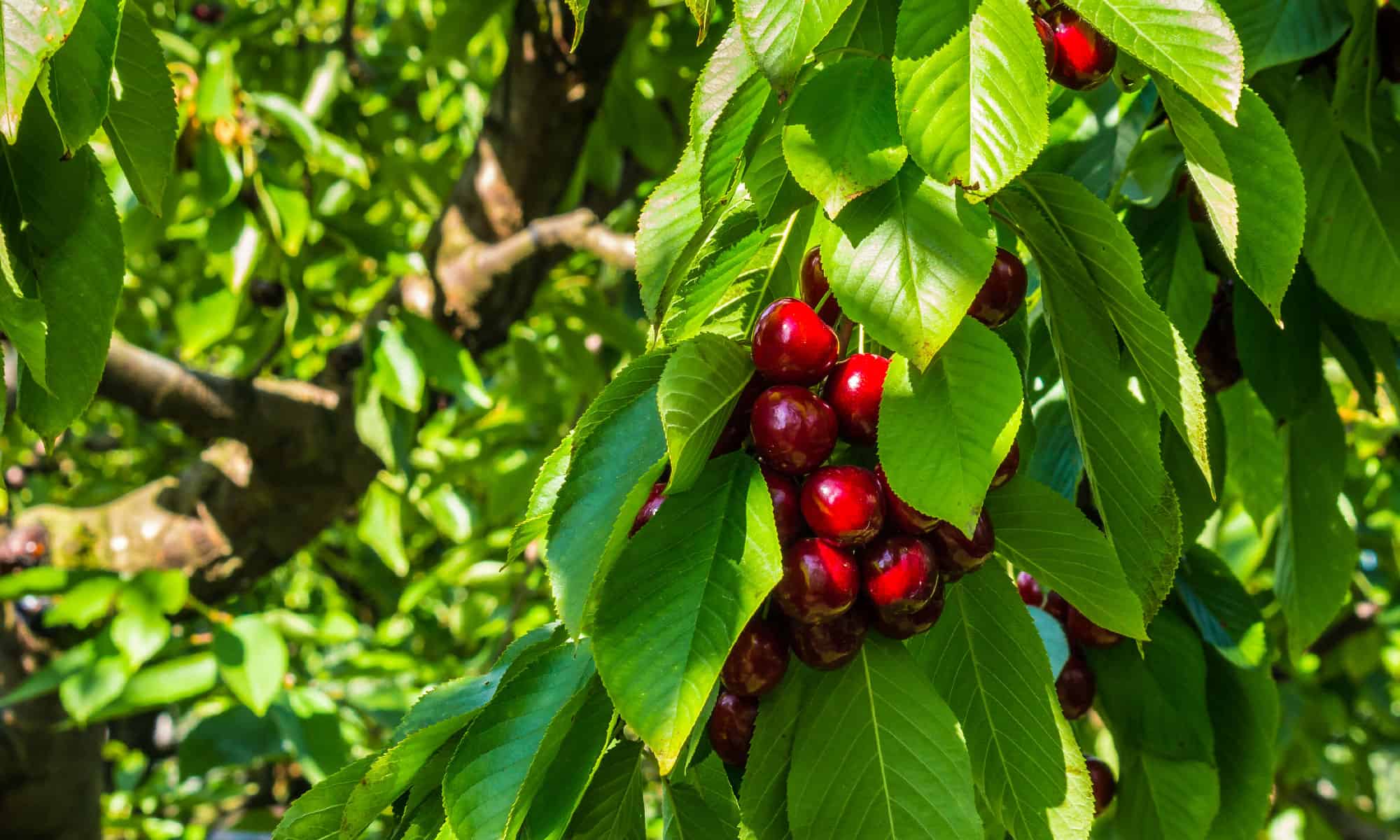Home>Gardening Techniques>Plant Care>How Long Do Trees Live For
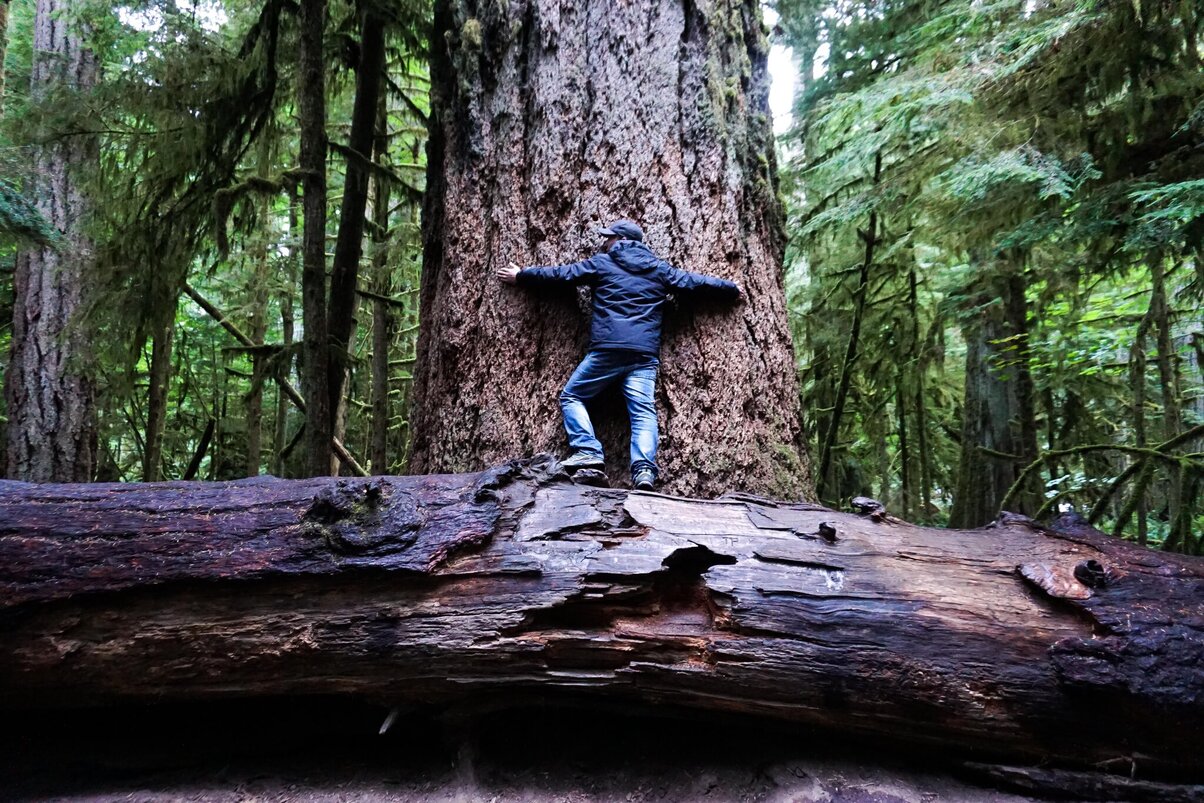

Plant Care
How Long Do Trees Live For
Modified: January 22, 2024
Learn about plant care and discover how long trees live for. Find essential tips and information to keep your trees healthy and thriving.
(Many of the links in this article redirect to a specific reviewed product. Your purchase of these products through affiliate links helps to generate commission for Chicagolandgardening.com, at no extra cost. Learn more)
Table of Contents
Introduction
Welcome to the wonderful world of trees! While they may seem like silent and stationary giants, trees are living organisms that play a vital role in our ecosystem. From providing us with fresh air and shade to beautifying our landscapes, trees have long been admired and cherished by humans.
But have you ever wondered how long trees can actually live? Some trees have been known to stand tall for hundreds, even thousands, of years, while others have relatively short lifespans. In this article, we will explore the factors that contribute to a tree’s lifespan, discover the secrets of the world’s longest-lived trees, and delve into the fascinating ways trees adapt to their environments over time.
Understanding the lifespan of trees is not only intriguing but also essential for effective plant care. Whether you are a nature enthusiast, a gardener, or a homeowner looking to landscape your property, knowing how long your trees are likely to live can help you make informed decisions about their care and maintenance.
Throughout history, humans have had a profound connection with trees. From sacred groves to mythical tree beings, trees have found a special place in our cultures and imaginations. By exploring the lifespan of trees, we can deepen our appreciation for these majestic beings and gain a greater understanding of their importance in our lives.
In the following sections, we will explore the various factors that affect tree lifespan, learn about the longest-lived trees in the world, including the remarkable Methuselah, and understand how trees adapt to their environments over time. We will also examine the impact of human activities on tree longevity and discuss the extremes in tree lifespan, from the short-lived to the eternal.
So, let’s embark on this journey into the fascinating world of tree lifespans and discover the remarkable stories hidden within their rings.
Factors Affecting Tree Lifespan
A tree’s lifespan is influenced by a variety of factors that determine how long it can survive in its natural environment. These factors work together to shape a tree’s growth, health, and ultimate longevity. Let’s explore some of the key factors that impact a tree’s lifespan:
- Tree Species: Different tree species have varying lifespans. For example, some coniferous trees, such as the Bristlecone Pine, can live for thousands of years, while other deciduous trees, like the Silver Maple, generally live for several decades. The inherent genetic traits of a tree species play a crucial role in determining its lifespan.
- Growth Rate: The growth rate of a tree can affect its lifespan. Generally, slower-growing trees tend to live longer than fast-growing ones. This is because slower growth allows the tree to build strong and dense wood, making it more resilient to external factors such as disease, pests, and harsh weather conditions.
- Environmental Conditions: The environment in which a tree grows significantly impacts its lifespan. Factors such as sunlight, temperature, rainfall, soil quality, and air quality all play crucial roles. Trees adapted to specific environments tend to have better chances of survival and longer lifespans. For example, desert trees are adapted to withstand extreme heat and drought, while coastal trees are adapted to tolerate salt spray and high winds.
- Disease and Pests: Diseases and pests can greatly affect a tree’s lifespan. Fungal infections, insect infestations, and other pathogens can weaken a tree’s immune system, making it more susceptible to damage and ultimately reducing its lifespan. Regular inspections, proper pruning, and timely treatment can help mitigate the impact of diseases and pests.
- Human Interference: Human activities can have both positive and negative impacts on tree lifespan. Urbanization, deforestation, pollution, and improper tree care practices can shorten a tree’s lifespan. On the other hand, proper tree care, including pruning, fertilization, and watering, can promote healthy growth and extend a tree’s lifespan.
It’s important to note that while these factors are influential, they are not the sole determinants of a tree’s lifespan. Trees are resilient and adaptable organisms that have evolved over millions of years. They have developed various strategies to overcome challenges and ensure their survival in diverse environments.
Now that we understand the factors that affect tree lifespan, let’s delve into the intriguing world of the longest-lived trees and discover some of the remarkable individuals that have stood the test of time.
Longest-Lived Trees in the World
The world is home to several awe-inspiring trees that have surpassed incredible lifespans, standing as testaments to resilience and longevity. These remarkable individuals have witnessed centuries of history unfold and continue to thrive against all odds. Let’s explore some of the longest-lived trees in the world:
- Bristlecone Pine: Found in the White Mountains of California, the Bristlecone Pine (Pinus longaeva) is one of the oldest known tree species. Some Bristlecone Pines have been estimated to be over 5,000 years old, making them the longest-lived individual trees known to exist.
- Alpine Larch: The Alpine Larch (Larix lyallii) is native to the western United States and Canada. These trees have been known to live for over 2,000 years in high-altitude alpine environments, where harsh climate conditions contribute to their longevity.
- Olive Trees of Crete: The olive trees (Olea europaea) found on the island of Crete in Greece are believed to be some of the oldest olive trees in the world. Many of these noble trees are estimated to be between 2,000 and 3,000 years old.
- Yew Trees of the United Kingdom: Yew trees (Taxus baccata) can be found across the United Kingdom, and some of them are believed to be thousands of years old. The Fortingall Yew in Scotland, estimated to be around 5,000 years old, is often referred to as one of the oldest living organisms in Europe.
- Dragon Blood Trees: Native to the island of Socotra in Yemen, Dragon Blood Trees (Dracaena cinnabari) are unique and ancient trees that have managed to survive for thousands of years in a harsh arid environment. Their iconic umbrella-like canopies and red resin differentiate them from any other tree species.
These exceptional trees have survived countless generations, witnessing the rise and fall of civilizations and bearing witness to the passage of time. Their longevity is a testament to their ability to adapt and thrive in their challenging environments.
While these long-lived trees are exceptional outliers, it is awe-inspiring to think about the resilience and longevity of trees in general. Their ability to withstand the test of time is a reminder of the rich history and interconnectedness of our planet’s natural ecosystems.
Now that we’ve explored some of the longest-lived trees on Earth, let’s uncover the story of Methuselah, the oldest known tree whose age has truly stood the test of time.
Methuselah: The Oldest Known Tree
Deep within the arid landscapes of the White Mountains in California, Methuselah, a Great Basin Bristlecone Pine (Pinus longaeva), stands as a living testament to the resilience and longevity of trees. At the ripe old age of over 4,800 years, Methuselah holds the title for the oldest known tree in the world.
Discovered in 1957 by a geographer named Edmund Schulman, Methuselah’s exact location has been kept secret to protect it from vandalism. This ancient tree has survived centuries of harsh weather conditions, including freezing temperatures, high winds, and minimal rainfall, thanks to its incredible adaptability and genetic resilience.
The age of Methuselah was determined through a process called crossdating, where tree rings are carefully analyzed to establish the tree’s age and record environmental conditions throughout its life. Each ring represents a year of growth, and by counting the rings backwards from the outermost to the center of the tree, scientists can determine its age.
The discovery of Methuselah has deepened our understanding of the longevity and adaptability of Bristlecone Pines. These trees have evolved unique physiological and structural adaptations that enable them to endure incredibly harsh conditions. They have a unique ability to compartmentalize dead tissues, forming resinous barriers that help protect them from diseases and pests, and their dense, twisted branches help them withstand high winds and heavy snowfall.
Methuselah and its fellow Bristlecone Pines have become symbols of strength, perseverance, and resilience. They teach us valuable lessons about the endurance of life and the importance of preserving and protecting our natural environment.
While Methuselah holds the crown as the oldest known tree, it’s important to note that the title can always be surpassed by discovering an even more ancient tree or uncovering new individuals from remote locations. The quest to unlock the secrets of our natural world continues, and with each discovery, we gain new insights into the incredible lives of trees.
Now that we have marveled at the age of Methuselah, let’s explore the fascinating ways in which trees adapt to their environments over time, ensuring their survival and longevity.
How Trees Adapt to Their Environments Over Time
Trees have a remarkable ability to adapt to various environmental conditions over time, allowing them to survive and thrive in diverse ecosystems. Through a combination of genetic traits, structural modifications, and physiological processes, trees have developed intricate mechanisms to adjust to their surroundings. Let’s explore some of the ways trees adapt to their environments:
- Root Systems: Trees have evolved different types of root systems to adapt to their surroundings. Some trees, like mangroves, have above-ground root structures that help them stabilize in marshy environments, while others have deep taproots that allow them to access water in dry and arid regions.
- Leaf Morphology: Leaves play a crucial role in a tree’s adaptation to environmental conditions. In hot and dry climates, trees may have small, thick leaves with reduced surface area to minimize water loss through evaporation. Conversely, in humid environments, trees may have large and thin leaves to maximize photosynthesis and transpiration.
- Bark Protection: Tree bark serves as a protective layer, shielding the tree from physical damage, extreme temperatures, and pathogens. Some trees, such as the Paperbark Maple, develop peeling bark that helps them shed accumulated debris, while others, like the Cork Oak, have thick, insulating bark to withstand wildfires.
- Phenotypic Plasticity: Trees have the ability to alter their growth patterns and characteristics in response to changing environmental stimuli. This phenotypic plasticity allows them to adapt to changes in light intensity, nutrient availability, and even the presence of competing plants.
- Seasonal Adaptations: Trees adjust their growth patterns and metabolic activities based on seasonal changes. Deciduous trees shed their leaves in response to colder climates, conserving energy and reducing water loss during winter. Evergreen trees, on the other hand, retain their leaves year-round, allowing them to photosynthesize even in colder seasons.
- Chemical Defenses: Trees produce various chemical compounds to defend themselves against herbivores, insects, and pathogens. These chemical defenses can make the tree’s foliage less palatable, repel pests, or even inhibit competing plants from growing in close proximity.
These adaptations are the result of millions of years of evolution and allow trees to thrive in some of the harshest environments on Earth. As our climate continues to change, understanding how trees adapt to their surroundings becomes increasingly important for their survival and the overall health of our ecosystems.
By studying the diverse ways in which trees adapt, we gain insights into the complex interplay between organisms and their environments. It also highlights the resilience and ingenuity of nature, as trees continue to find innovative solutions to persist and thrive amidst changing conditions.
Now that we have explored the remarkable ways in which trees adapt, let’s turn our attention to the impact of human activities on tree longevity and the importance of preserving these remarkable organisms.
Human Impact on Tree Longevity
While trees have evolved to withstand environmental challenges, human activities have had a significant impact on tree longevity. From deforestation to pollution, our actions can shorten the lifespan of trees and jeopardize the health of entire forest ecosystems. Let’s explore some of the ways in which human activities affect tree longevity:
- Deforestation: Large-scale deforestation, driven by agriculture, logging, and urbanization, is one of the most significant threats to tree longevity. When forests are cleared, not only are individual trees lost, but entire ecosystems are disrupted, leading to the loss of biodiversity and essential habitat for numerous plant and animal species.
- Climate Change: Human-induced climate change is altering the environmental conditions that trees rely on. Rising temperatures, changing rainfall patterns, and extreme weather events can stress trees, making them more susceptible to disease, pests, and drought. Changes in climate can also disrupt the delicate balance of ecosystems, affecting the interdependent relationships between trees and other organisms.
- Air and Water Pollution: Pollution from industrial activities, vehicle emissions, and agricultural practices can have detrimental effects on tree health. Air pollutants can damage leaves and inhibit photosynthesis, while water pollution can contaminate soil and interfere with nutrient uptake. Over time, these pollutants can weaken trees and reduce their lifespan.
- Improper Tree Care: Improper pruning, excessive fertilization, and overwatering are examples of poor tree care practices that can negatively impact tree health and longevity. Improper pruning techniques can leave trees vulnerable to disease and decay, while excessive fertilization can lead to imbalances in nutrient levels. Overwatering can suffocate tree roots and promote the growth of root-rotting pathogens.
- Urbanization and Development: Urbanization and infrastructure development often result in the removal of trees and natural habitats. This loss of green spaces can lead to the fragmentation of ecosystems, reducing the availability of resources and disrupting wildlife populations. Urban environments also introduce additional stressors, such as compacted soil, limited space for root growth, and pollution from cars and buildings.
It is essential for us to recognize the impact of our actions on trees and the importance of responsible environmental stewardship. By adopting sustainable practices, such as reforestation initiatives, reducing carbon emissions, and implementing proper tree care techniques, we can help mitigate the negative effects of human activities and protect the longevity of trees.
Preserving tree longevity not only benefits the trees themselves but also has far-reaching ecological, economic, and social benefits. Trees provide us with clean air, regulate climate patterns, support wildlife habitats, and enhance the beauty of our surroundings. By safeguarding tree longevity, we can ensure a healthier and more sustainable future for ourselves and future generations.
In the next section, we will explore the extremes in tree lifespan, from the remarkably short-lived to the incredibly long-lived trees, showcasing the incredible diversity and adaptability of nature.
Extremes in Tree Lifespan: Short-Lived and Eternal Trees
The world of trees exhibits a vast range of lifespans, with some species displaying remarkably short lives, while others seemingly defy time. Let’s explore the fascinating extremes in tree lifespan, from the short-lived to the eternal.
Short-Lived Trees:
While there are trees that can live for thousands of years, there are also species with relatively short lifespans. For instance, fast-growing pioneer species, like the Silver Birch (Betula pendula), typically have shorter lifespans ranging from 30 to 60 years. These trees invest their energy in rapid growth and reproduction, sacrificing longevity for the ability to colonize open areas and establish new habitats.
Other short-lived tree species include some fruit trees, such as the Cherry Tree (Prunus avium), which can live for about 20 to 30 years. These trees focus on producing abundant fruits in their prime years, but as they age, their productivity declines, making them no longer viable from an economic standpoint.
Eternal Trees:
On the other end of the spectrum, there are certain tree species that seem to have defied the limitations of time, exhibiting incredible longevity and perpetuity. One such example is the Trembling Giant, or Pando (Populus tremuloides), which is arguably one of the largest and oldest known living organisms on Earth. Located in Utah, USA, Pando is a colony of Quaking Aspen trees connected by a single root system and estimated to be around 80,000 years old.
Another eternal tree is the Llangernyw Yew (Taxus baccata) located in Wales, which is considered one of the oldest individual trees in Europe. Estimated to be over 4,000 years old, this yew tree has witnessed an astounding amount of history throughout its long lifespan.
These eternal trees have managed to survive and persist for numerous centuries through various mechanisms, including vegetative reproduction, decay resistance, and an ability to adapt to changing environments. They serve as a reminder of the incredible resilience and adaptability of trees, defying the limits imposed by time itself.
From the short-lived pioneers to the eternal giants, trees showcase a remarkable diversity when it comes to lifespan. Each species has adapted its own unique strategies to maximize its chances of survival and reproduction, ensuring the perpetuation of its lineage.
As we continue to explore and appreciate the world of trees, it is important to recognize and value the fragile balance between short-lived and eternal species, as they collectively contribute to the richness and sustainability of our ecosystems.
Now that we have witnessed the extremes in tree lifespan, let’s conclude our exploration with a reflection on the importance of trees in our lives and the urgent need to protect and preserve their longevity.
Conclusion
The world of trees is filled with wonder, resilience, and incredible tales of longevity. From the oldest known tree Methuselah, standing strong for over 4,800 years, to the eternal colonies of trees like Pando, trees have captivated our imagination and taught us valuable lessons about adaptation and survival.
Through this exploration, we have discovered the diverse factors that influence a tree’s lifespan, including species characteristics, growth rates, environmental conditions, diseases, pests, and the impact of human activities. We have marveled at the remarkable individuals like the Bristlecone Pine, olive trees of Crete, and yew trees of the United Kingdom, which have stood the test of time and witnessed the passage of countless generations.
We have also delved into the ways in which trees adapt to their environments, from their root systems and leaf morphology to their bark protection and chemical defenses. These adaptations highlight the resilience and ingenuity of trees as they navigate ever-changing surroundings.
However, it is crucial to acknowledge the impact of human activities on tree longevity. Deforestation, climate change, pollution, improper tree care practices, and urbanization all present significant threats to the health and survival of trees. It is our responsibility to adopt sustainable practices, preserve natural habitats, and protect the diverse ecosystems that rely on trees for their vitality.
By celebrating both the short-lived and eternal trees, we gain a deeper appreciation for the remarkable beauty and importance of these incredible organisms. Whether they live for just a few decades or stretch across millennia, trees provide us with essential ecosystem services, cleaner air, shade, and a connection to the natural world.
Let us continue to admire, study, and care for the trees that grace our landscapes. By valuing their longevity and understanding their role in our lives and ecosystems, we can work towards a future where trees thrive, and their legacy endures for generations to come.
